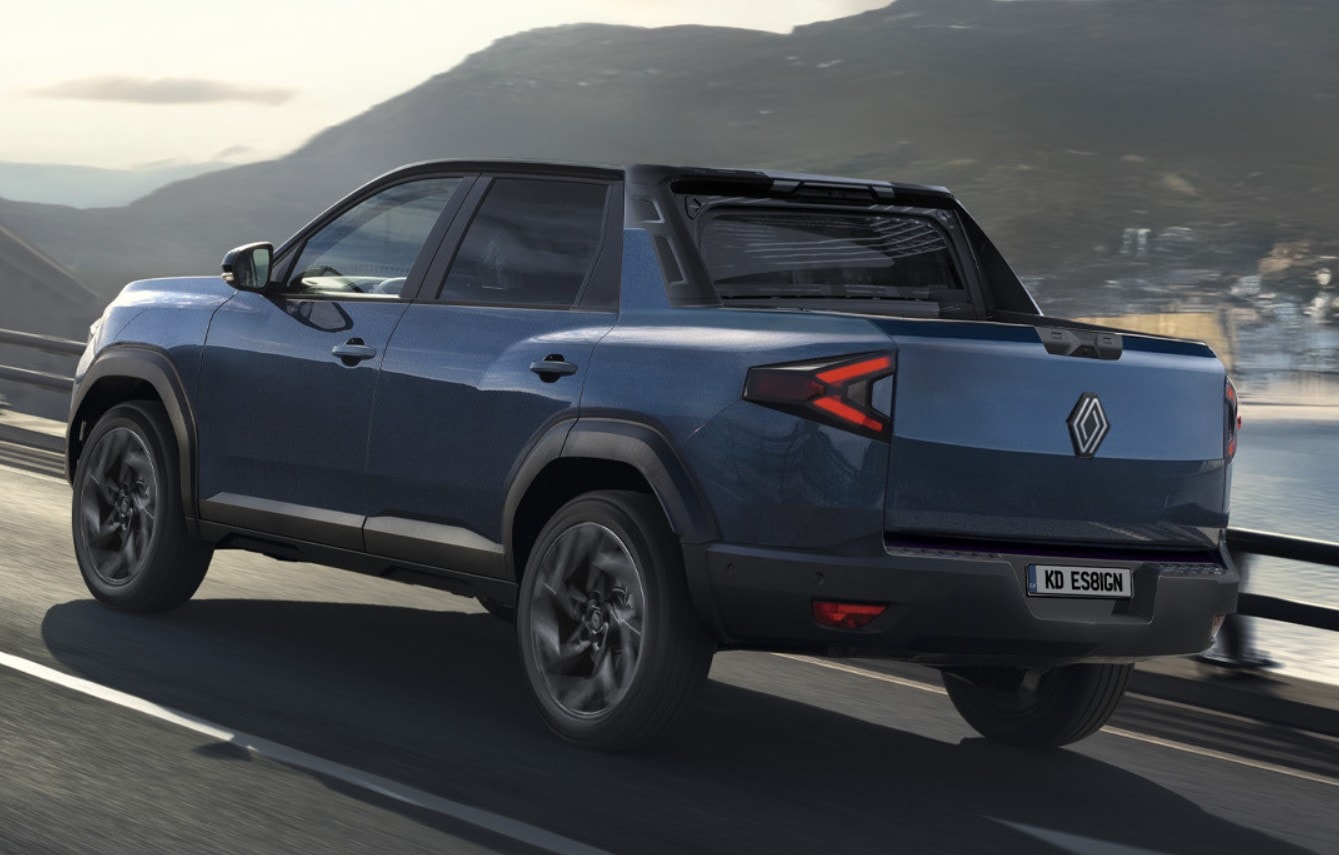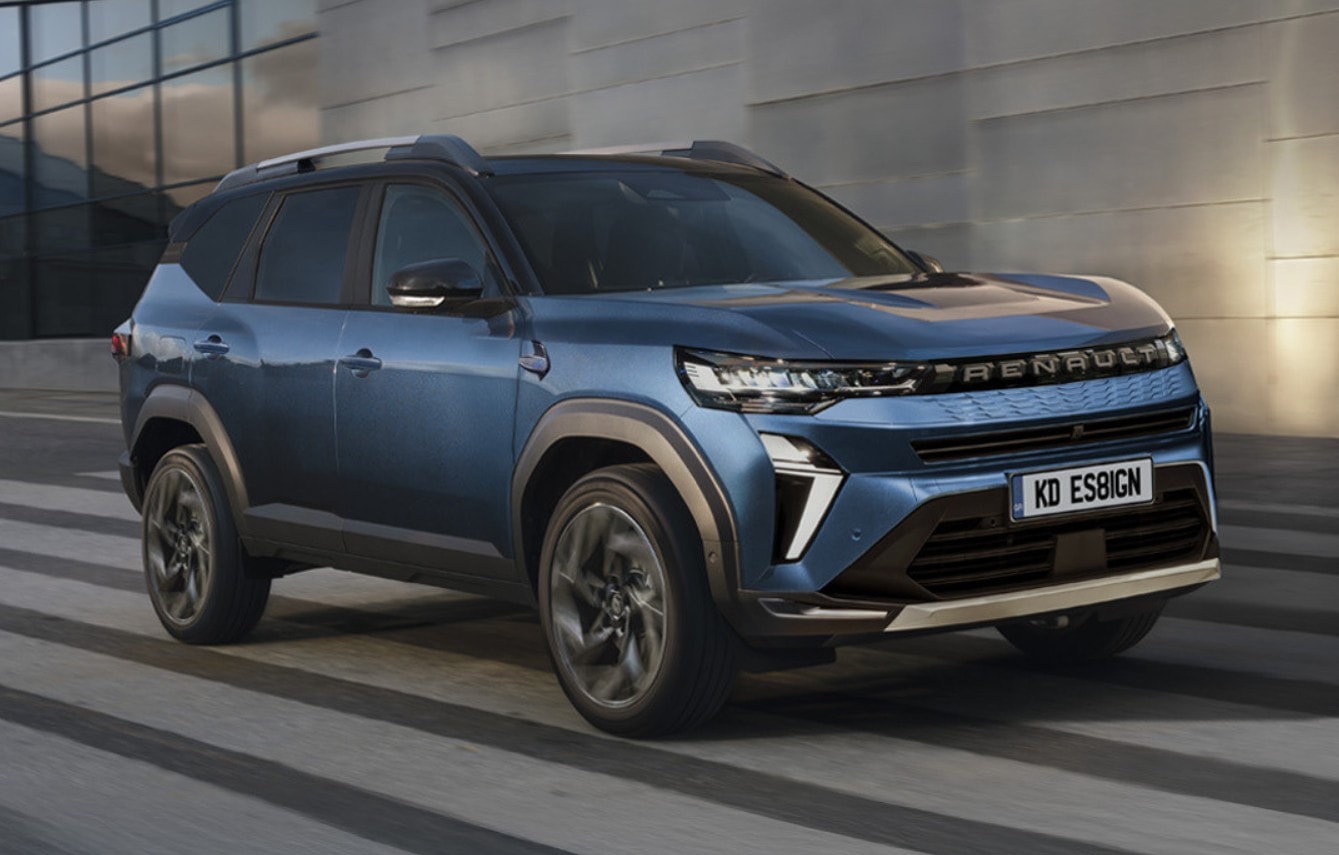Renault, the French automaker, is currently experiencing a period of significant growth and innovation. This is evident in the success of its subsidiary, Dacia, which has seen a remarkable 17% increase in deliveries across Europe during the first nine months of the year.
Dacia’s dominance in the non-commercial vehicle segment and the strong performance of models like the Spring EV and Jogger further highlight the brand’s appeal. Meanwhile, Renault itself has made waves with a series of exciting new models.
The electric revival of iconic vehicles like the Renault 5 and Renault 4 has generated significant buzz, while the R17 electric restomod concept and the Embleme prototype showcase the brand’s commitment to cutting-edge technology and design.

It’s worth noting that the success of Dacia’s models often translates to Renault’s global lineup, including in South America. While the North American market may not be a primary focus for Renault at the moment, the brand’s strong presence in South America, combined with its innovative approach to electric mobility and SUV design, positions it well for future growth and success.
The Dacia Duster has found a unique niche in the market, even being rebadged as the Renault Oroch, a four-door compact pickup truck. This dual identity could easily pave the way for a second-generation Oroch, leveraging the latest features from the third-generation Duster. However, the digital world has shifted focus to the Bigster, a more ambitious project.

Kleber Silva, a Brazilian digital artist known as KDesign AG, has envisioned a series-production 2026 Renault Niagara compact pickup truck and its SUV counterpart, the Renault Bigster, both based on the upcoming Dacia Bigster.
While these are unofficial renderings, they highlight the potential for Renault to rebadge the Dacia model for South American markets and transform it into a pickup truck, similar to the Duster and Oroch. This intriguing possibility sparks the question: Is this a promising direction for Renault?

